

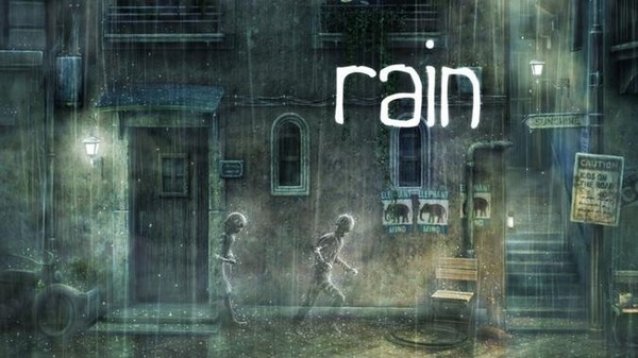
The Sony booth at this year's E3 was filled many hidden gems, especially in terms of indie games. One of the games that truly stuck out was Rain, offering a uniqueness that is difficult to find in today's world of often regurgitated AAA titles.
In the introduction to the Rain, we are immediately brought into an enigmatic world of melancholic colors, music, and art. A potent and poetic combination that ultimately evokes a strange sense of beauty and fear. We start off in a gloomy town, playing as a boy who misses a carnival because he had to stay home sick. The voiceless narration of the story crosses the screen, accompanying the music and art and creating a sort of silent film from the game's on-going events. As the boy peers out a window into the rain, he sees the silhouette of a young girl running away from an invisible beast. In attempt to save her, he runs outside, following the two figures into darkness. He then realizes he left his body behind; he too had become silhouette in the rain.

The game play opens up to the tract of Debussy's charming masterpiece "Clair de Lune," which comes across as disturbing when given the overall situation the boy is in. We start off running around an area that are reminiscent of the small alley streets of cities in European cities like Paris. The streets have lights that give off a off-putting glow and are lined with abandoned shops and factories. Rain pours ceaselessly over the boy's hunching figure, who is only visible to the player thanks to the drops of watering bouncing off his body. Out of the blue, Debussy's track is interrupted as two dog-like creatures barge in through a fence. Like the boy, they are simple silhouettes, but prove to be deadly upon contact.
The objective here is to avoid these creatures that eerily stalk the rainy streets with shrieks and howls. In essence, this plays like a stealth game with simplistic analog stick controls. The only way to do hide from enemies is by taking shelter from the rain in covered areas, which make the boy invisible. The problem is, when the boy becomes invisible we can't see him either, which proves to be challenging. The streets are lined with porches and overhanging roofs that provide shelter, and there are also darkened areas in which the boy can go unseen--the problem is that the darkness can eventually consume the boy and end the game. The other catch is that the enemies also become invisible when wandering into sheltered areas. These seemingly unique but simplistic aspects within Rain create a somewhat terrifying experience; as I wandered the streets I found my heart racing, even without immediate signs of danger.

So far the game appears to be mostly linear, but with the stealth game play mechanics using a juxtaposition of rain and shelter, accompanied by the artwork, I do not see linearity being a problem. Many times throughout the demo I found myself in intense situations; more than once, I was in a covered tunnel where I couldn't see myself or the enemies around me. The only thing visible to me were the small hints of footprints on the ground. Between running, hiding, and eerie supernatural like elements, Rain came across to me as a poetic horror game that oddly recalls memories of titles like Silent Hill.
The game is not meant to simply be played, it is meant to be felt and experienced. Many reviews are saying that the game is a portrayal of childhood hardships and curiosities, but I think it is ultimately going to mean whatever the player as an individual takes away from it. Rain is expected to be released in fall of 2013 on the PlayStation 3.
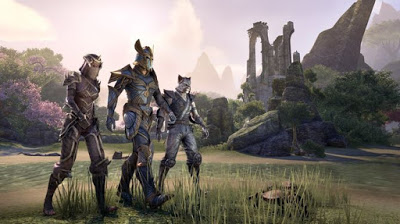
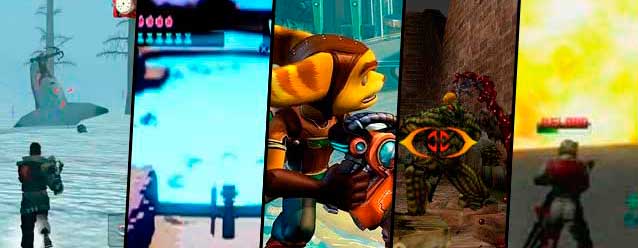

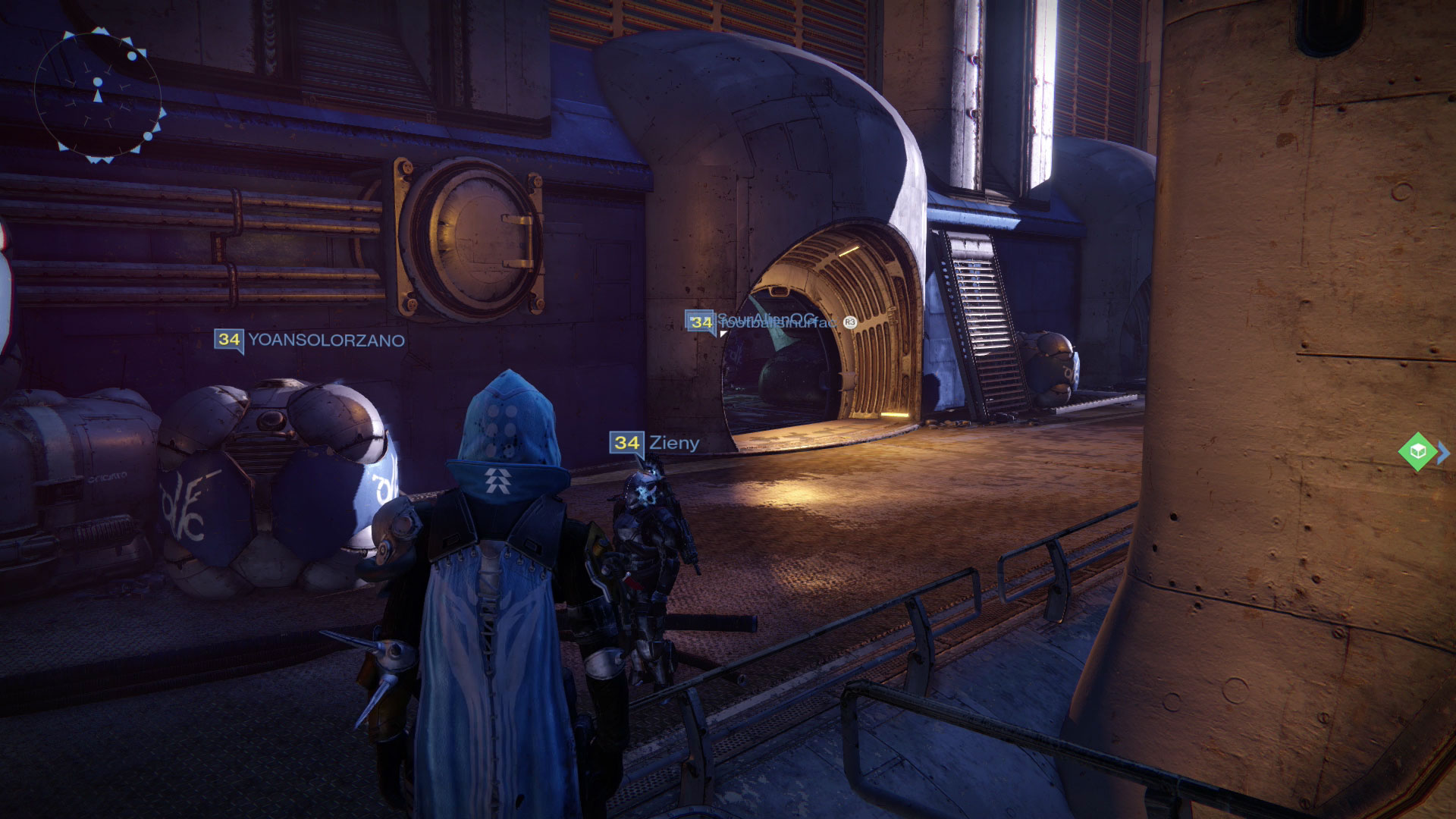
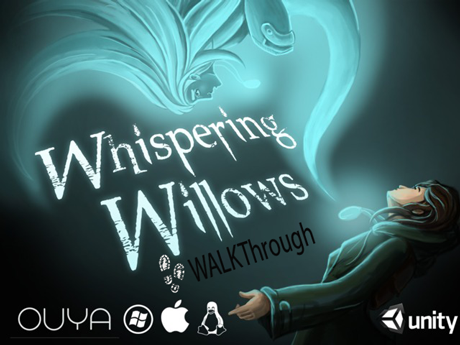 Whispering Willows: All chapters complete Walkthrough, Characters details and System Requirements
Whispering Willows: All chapters complete Walkthrough, Characters details and System Requirements Destiny: How to choose the best weapon type and weapon archetype for your Guardian.
Destiny: How to choose the best weapon type and weapon archetype for your Guardian. The Witcher 3 Monster Guide: How to Beat Kernun the Leshen
The Witcher 3 Monster Guide: How to Beat Kernun the Leshen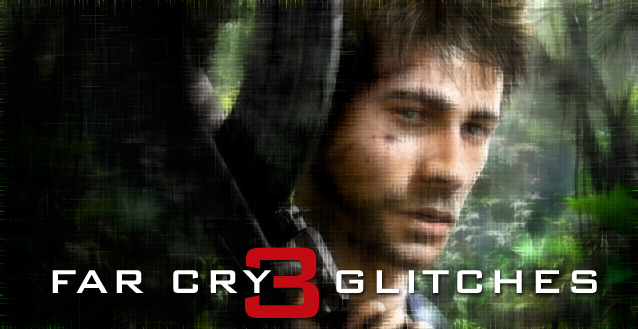 Far Cry 3 Glitches: We Blame the Drugs
Far Cry 3 Glitches: We Blame the Drugs H1Z1 Guide: How to Get Started
H1Z1 Guide: How to Get Started